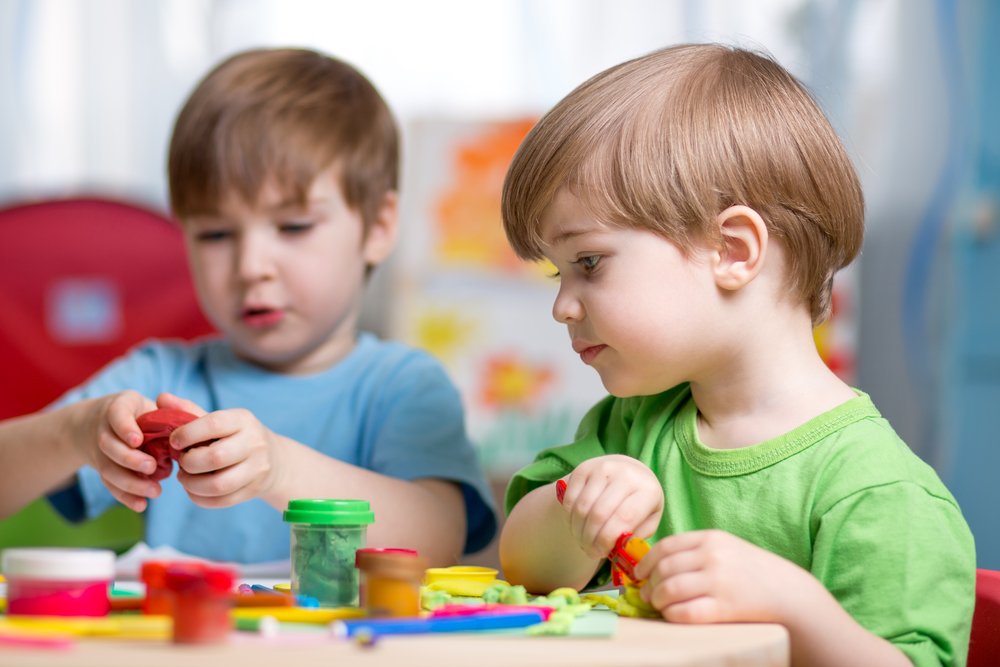Key points:
- Manual dexterity is the ability to manipulate objects using coordinated hand and finger movements.
- Around 36 months of age, children begin to exhibit more controlled and precise hand movements.
- Activities to develop manual and finger skills include pasta necklaces, play-dough, sand writing, cardboard weaving, button/zipper practice, and creative painting.
- These activities promote the development of children’s fine motor skills and manual dexterity.
According to the American Academy of Pediatrics, manual or hand dexterity refers to a person’s ability to manipulate objects using coordinated hand and finger movements. Having good finger dexterity requires that a child’s skeletal, muscular, and neurological systems join together to produce the precise movements needed to grasp, pinch, hold, pull, and do other manual movements that we, as adults, use every day without thinking too much about it.
At around 36 months of age, you’ll notice that your child will start engaging actively with the objects surrounding them and will interact with more controlled and precise hand movements. For example, they’ll turn book pages one at a time, mold shapes with play-dough, and even use scissors and kid-sized tools under your supervision. Here are some activities you can do alongside your preschooler in order to help your little one further develop their manual and finger skills:
- Make pasta necklaces.
- Play with play-dough. A fun task is creating imaginary animals using the dough and other materials, like pipe cleaners, children-friendly glitter, etc.
- Write in sand.
- Cut big and hollow shapes in cardboard, and have your child weave wool or ribbons around them. This is great for seasonal arts and crafts, you just need to cut big shapes of hearts or stars.
- Practice opening and closing big buttons or zippers.
- Do finger painting or, if your child is already dexterous, paint with Q-tips.
- Ask your child to help you when you bake, and ask them to cut different shapes using cookie cutters on the extended dough.








